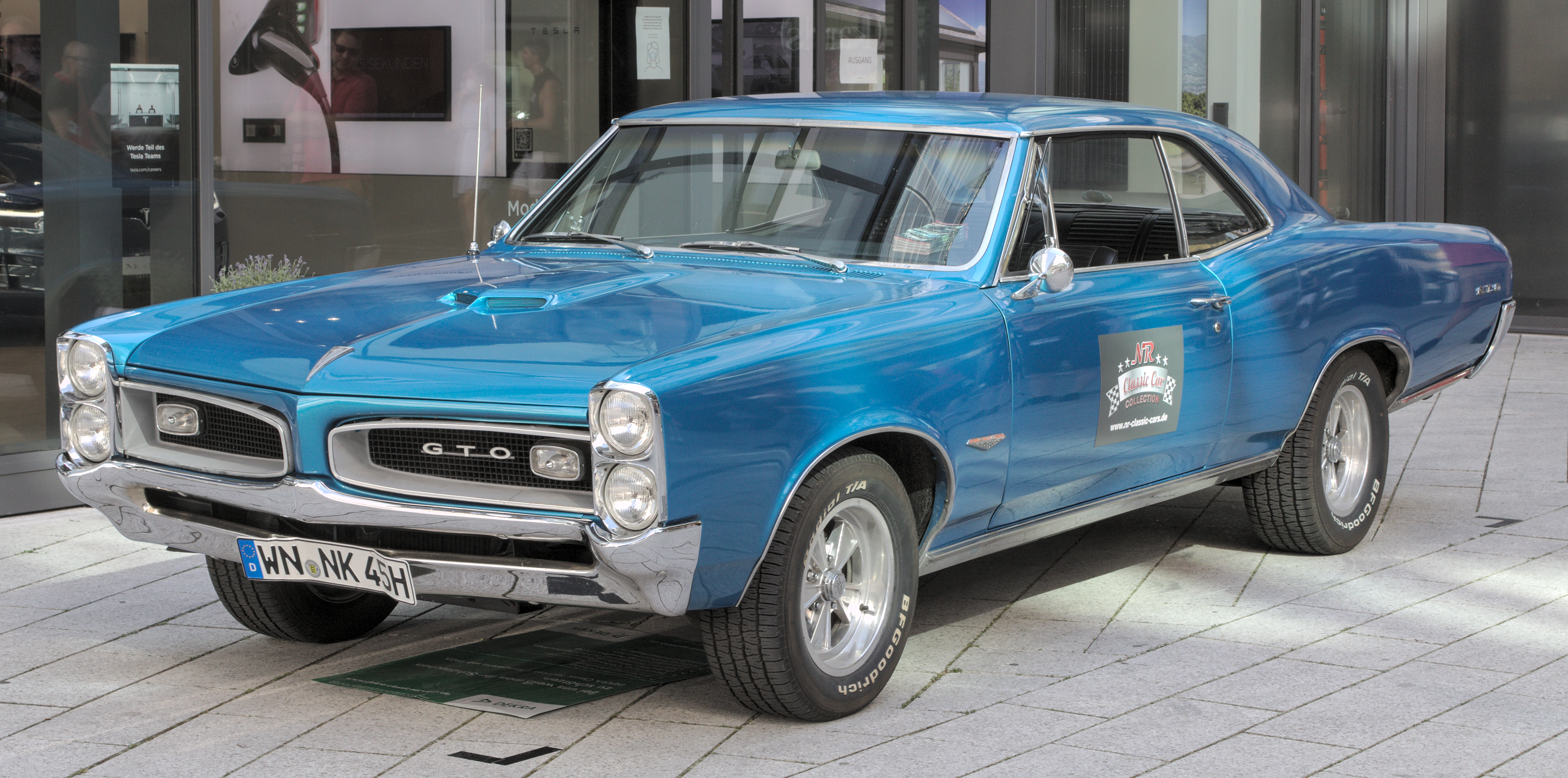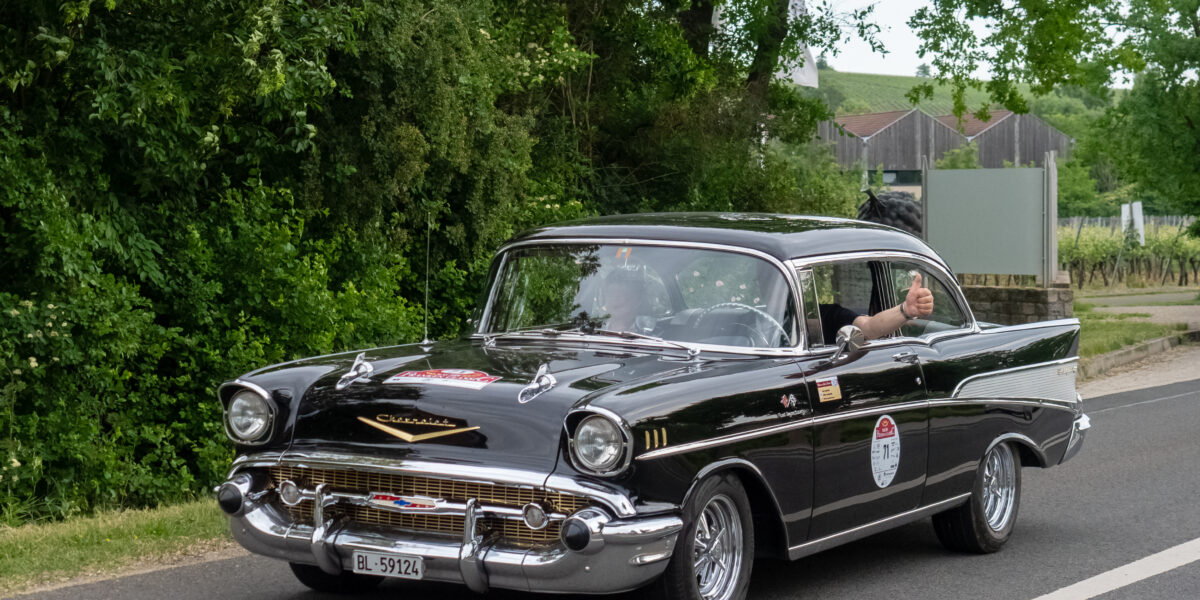When it comes to classic cars, enthusiasts often discuss design, performance, and nostalgia. However, an equally important but less glamorous aspect is safety. Modern cars are equipped with advanced safety features like multiple airbags, anti-lock braking systems (ABS), electronic stability controls (ESC), and comprehensive crash safety structures. In contrast, classic cars often lack these modern innovations, leading to a common perception that they are less safe. Despite this, there are classic cars that are renowned for their safety features relative to the period they were manufactured in. This article explores some of the safest classic cars, considering their build quality, design, and the safety features they offered during their time.
nnnn**Volvo 240 Series (1974-1993)**: Widely recognized for its robust build and boxy design, the Volvo 240 is often celebrated for its safety. During its production years, it was one of the pioneers in safety, featuring innovations such as crumple zones, rear-facing child seats, and 3-point seat belts as standard. The 240 series also came equipped with anti-lock braking systems in later models, making it a standout in terms of safety during its era.
 nnnn
nnnn**Mercedes-Benz W123 (1976-1985)**: This series from Mercedes-Benz is well-known for its tank-like build quality. The W123 models were among the first cars to include crumple zones and strengthened occupant cells which were revolutionary at the time. Additionally, these cars were equipped with anti-lock brakes in their later models, further enhancing their safety credentials.
nnnn**Saab 900 (1978-1993)**: The Saab 900 not only offered unique design features but was also ahead of its time in terms of safety. It featured front and rear crumple zones, a rigid safety cage, and side-impact protection bars. The inclusion of headlight washers and heated seats also added to its safety features, providing better visibility and driver comfort under adverse conditions.
nnnn**BMW 2002 Series (1968-1976)**: Known for its compact and agile design, the BMW 2002 was not just about performance. It also provided significant safety features like a well-designed crumple zone and a safety-focused interior with a padded dashboard and recessed controls to minimize injuries during accidents.
nnnn**Citroën DS (1955-1975)**: The Citroën DS was not only futuristic in terms of its hydro-pneumatic suspension but also its safety aspects. It featured a collapsible steering column, disc brakes (a rarity at the time), and a body design that offered superior rollover protection.
nnnnWhile these classic cars may not compete with modern vehicles in terms of safety technology, they were considered advanced in their respective eras. For classic car enthusiasts who prioritize safety, these models represent a perfect blend of style, performance, and protective design.
nnnnIt’s important to note that driving a classic car still involves higher risks compared to modern vehicles. The lack of modern safety features such as airbags and electronic stability control should always be a consideration. For those looking to enhance safety, there are modifications available that can bring some of the safety technologies of today to classic cars without compromising their vintage authenticity.
nnnnIn conclusion, while choosing the safest classic car, it’s crucial to consider the vehicle’s condition, the availability of spare parts, and the possibility of integrating modern safety enhancements. A well-maintained classic car coupled with sensible driving practices can still offer a safe and enjoyable driving experience. Remember, the charm of a classic car comes with a responsibility towards maintaining its condition and handling it with care.
nnnEssential Classic Car Resources
nEvery classic car enthusiast needs the right resources and products:
nnThe Complete Restoration Guide
nThe Complete Idiot’s Guide to Restoring Collector Cars – Whether you are buying your first classic or restoring a barn find, this comprehensive guide covers everything you need to know.
nnnPremium Car Care Kit
nChemical Guys Complete Car Care Kit – Professional-quality car wash and detail products to keep your classic looking showroom-fresh.
nnAs an Amazon Associate, we earn from qualifying purchases.




Leave a Reply